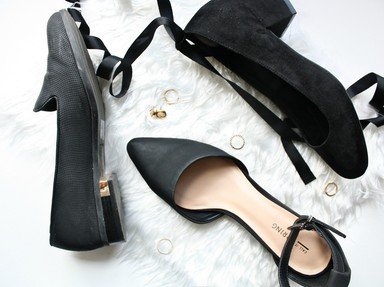Quiz Answer Key and Fun Facts
1. What does the word "stiletto" originally mean?
2. Which shoe style for men was named after a British city with a famous university?
3. Which elastic-sided boots were popular during the early 1960s?
4. Back in the 1320s in England the popular styles of footwear included "pikes", "crackowes" and "poulaines". What was the most notable feature of such styles?
5. During the reign of Henry VIII soles reaching six and a half inches wide were common. What was the name given to this sort of shoe?
6. Which decade of the 20th century was dominated by enormous platform shoes?
7. What was an important innovation to the shoe fashion world in 1660?
8. By the end of the 1760s thick heels began to thin down but became not very strong and the top became wider and more wedge-like. Which was the correct name for this new type of heel?
9. What was the name given to the military sandal used by the Romans?
10. What was the name given to shoes with a long pointed toe, fashionable amongst teenagers in the late 1950s and early 1960s?
Source: Author
Philian
This quiz was reviewed by FunTrivia editor
PrinceMagus411 before going online.
Any errors found in FunTrivia content are routinely corrected through our feedback system.
